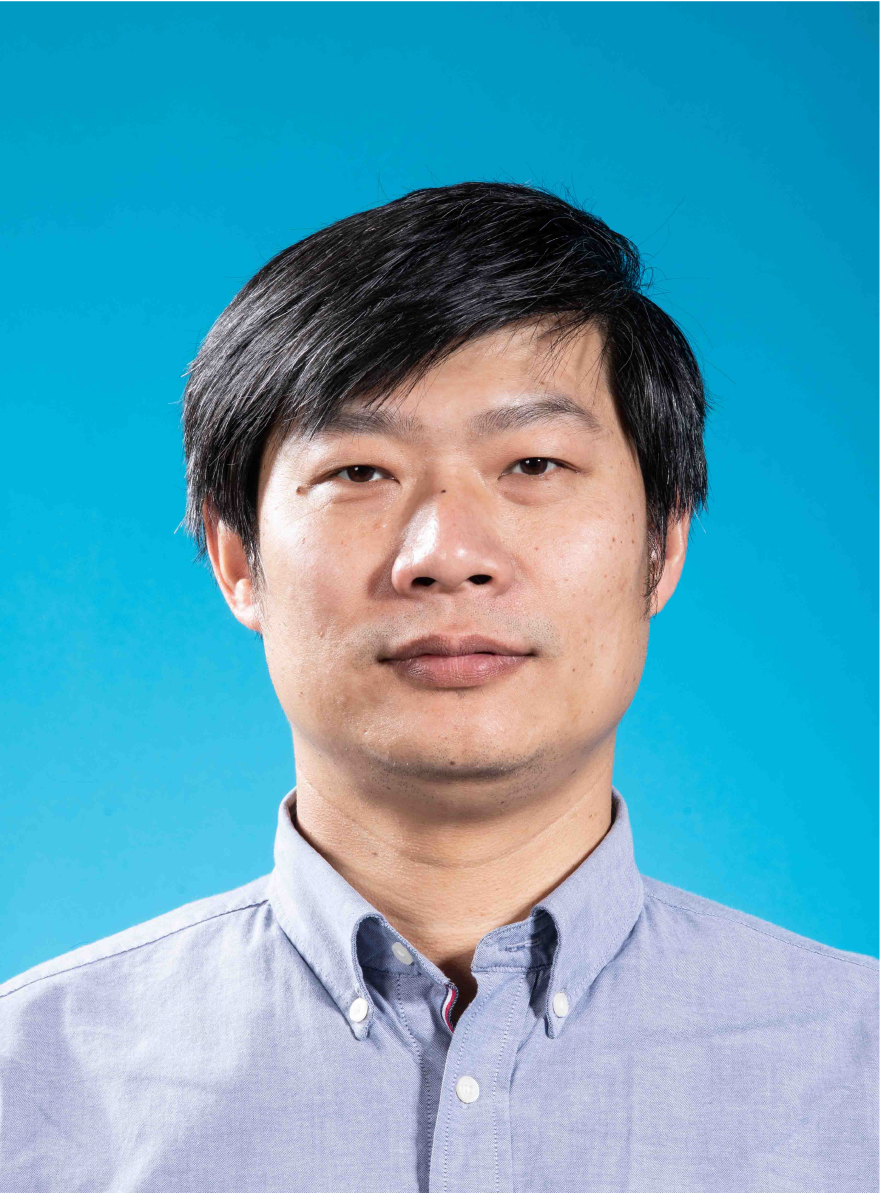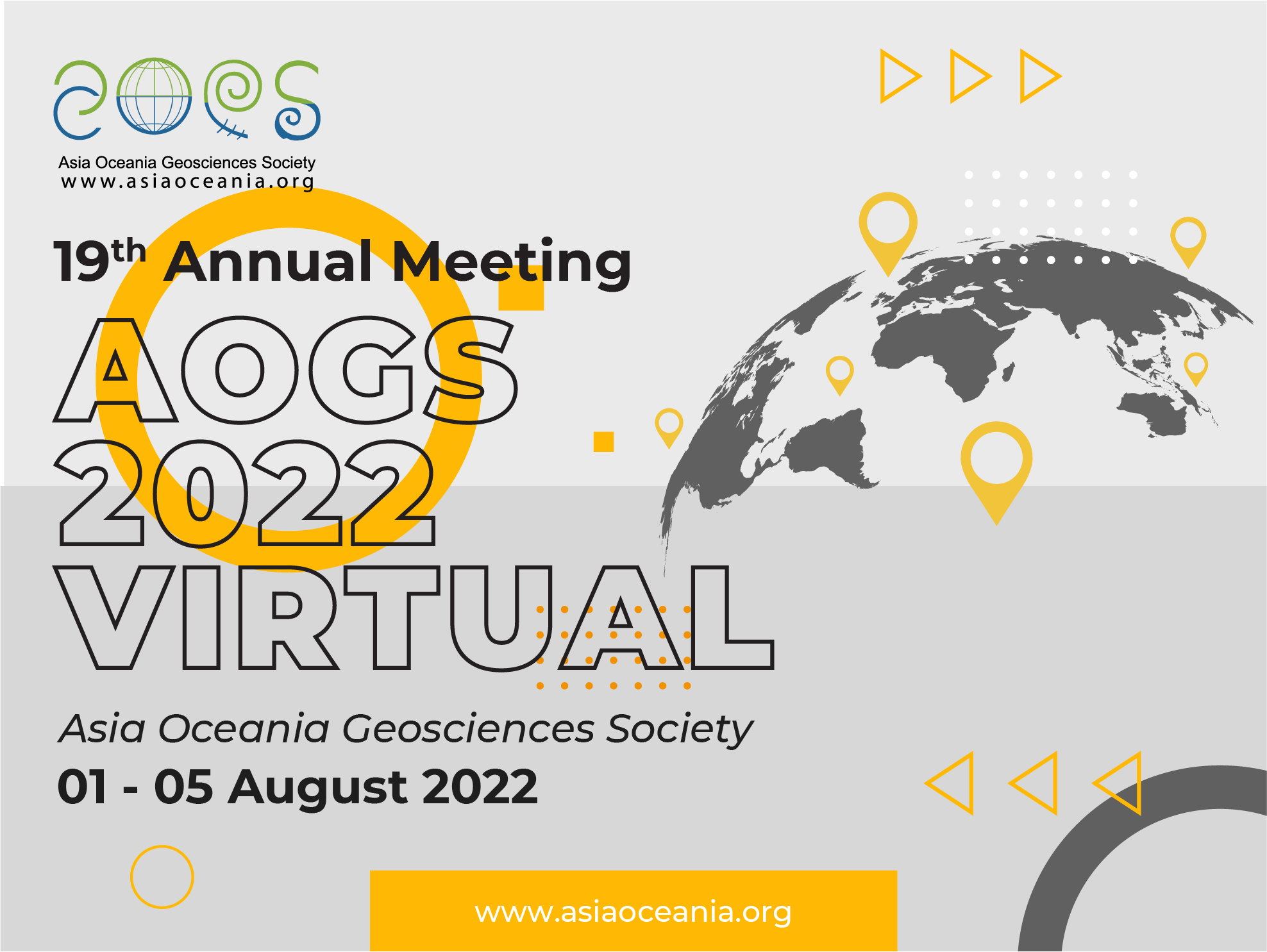
Yong WEI
Program uses Singapore Time and is 8 hours ahead of GMT
PS Distinguished Lecture/Live Q&A Mon-01 Aug 17:15 – 18:00
Exploring Solar Wind Interaction With Planet Earth, Mars And Moon: From Global Pictures To Local Perspectives
Magnetic field and atmosphere are key elements to determine the picture of solar wind interaction with celestial objects in our solar system (i.e., planets, moons and asteroids), which are also applicable to extrasolar systems. The Earth, Mars and the Moon are three most investigated solar system bodies, which could well represent three typical interactions with solar wind, considering that the Earth has both global magnetic field and atmosphere, while Mars only has atmosphere, but Moon has none of them. These interaction pictures on a global scale had been established in the second half of the 20th century, thanks to the efforts of many space and planetary missions after the space era began in the late 1950s. The observational understandings constructed a basis to understand how the complicated spheres of Sun-planet system act as an integrated system at present and during the past ~4.6 billion years.
In past decades, the fundamental components of solar wind interaction with the three representative celestial objects are investigated in detail, based on modern measurements and the records in human history. In the presentation, I will introduce the efforts dedicated by international colleagues and our team members in recent years, specifically on three topics: (1) the connection between the Earth’s magnetic field anomaly and local aurora phenomenon for over hundreds of years; (2) Mars’ crustal magnetic field and local atmospheric ion escape; (3) Lunar crustal magnetic field and reflection of incident solar wind ions. The surprising results suggest that the picture of solar wind interaction with planets including localized processes is far more complicated than what we have thought before, and the physics of local interactions needs dedicated missions to explore in the future.
In the coming decade, China will launch a series of missions to explore planetary systems including sample-return missions from both Mars and Moon, which would provide unprecedented opportunities for advancing our understandings of planetary spheres as a global system and in much more detail. I will also introduce the new findings of Tianwen-1, and the scientific goals of the future missions.
Professor Yong Wei, Vice Director of the Institute of Geology and Geophysics, Chinese Academy of Sciences (IGGCAS). He graduated from Wuhan University in 2003 and received PhD of Space Physics from IGGCAS in 2008. From 2010 to 2013, he joined Max Planck Institute for solar system research in Germany as a postdoctoral researcher, working on planetary space environment using Mars Express observations. He then became a professor at IGGCAS, and has built the first planetary physics group in China, which currently includes more than 30 members.
His research topics have covered the magnetospheric dynamics, atmospheric escape and magnetic fields at the Earth, Mars and Venus. He has published more than 200 peer-reviewed papers including Science, PNAS, Nature Astronomy, EPSL etc. He is currently the Scientific PI of the Scientific Experimental system in Near SpacE (SENSE) mission, the Scientific PI assistant of China’s first Mars mission Tianwen-1. He has been awarded EGU "Outstanding Young Scientist Award", "Young Scientist Award of Chinese Academy of Sciences", "China Youth Science and Technology Award" and other awards.
Prof. Wei persistently devotes much time and energy in promoting nation-wide education on planetary sciences. He, as a leading role, together with his colleagues in China, has promoted PLANETARY SCIENCE to a first-level discipline in China after a long-last effort in the last decade. He is director of the Key Laboratory of Geophysics and Planetary Physics, CAS, and vice director of the College of Earth and Planetary Sciences, University of Chinese Academy of Sciences.

Yong WEI
Institute of Geology and Geophysics, Chinese Academy of Sciences
